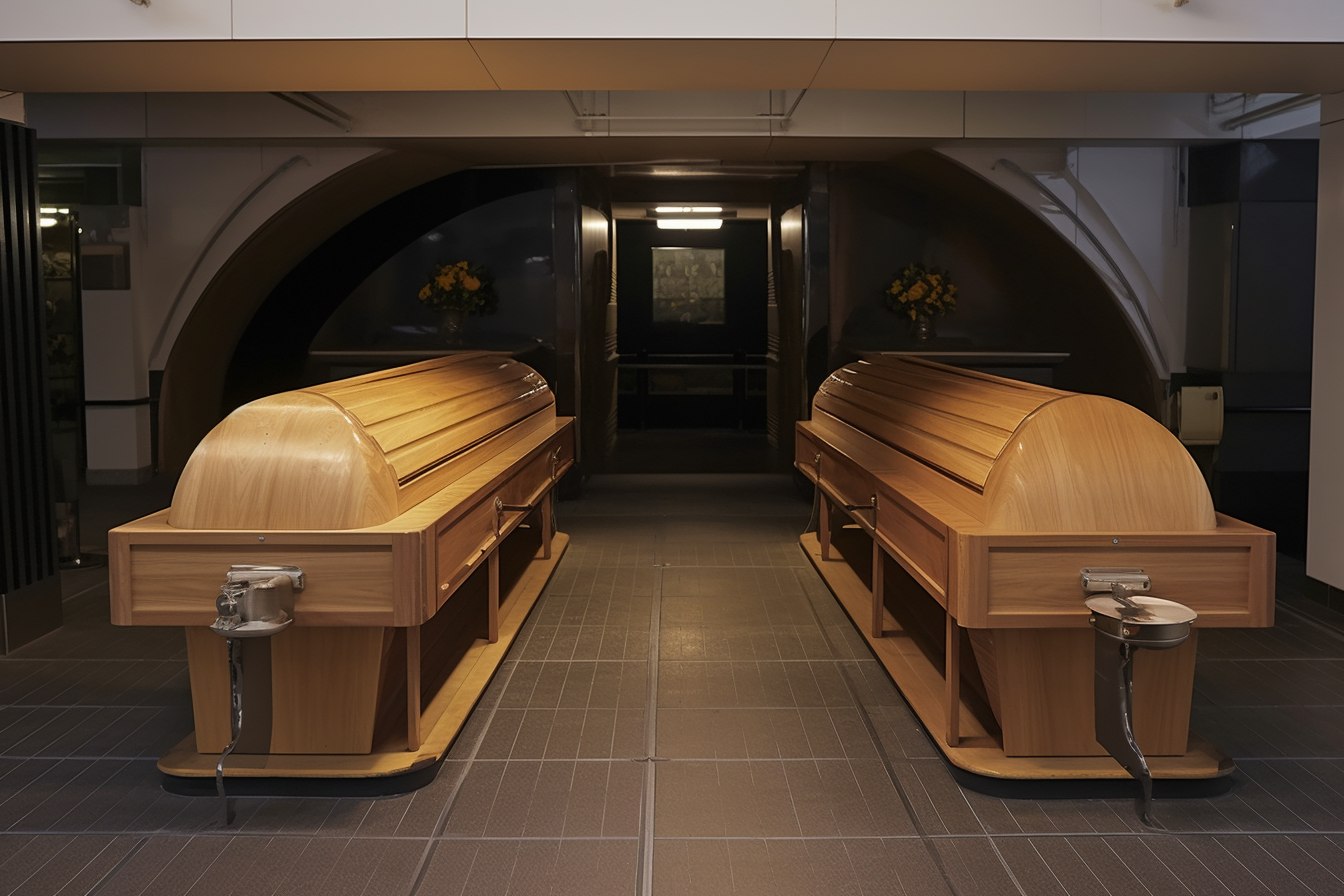Beyond Burial: Navigating the World of Cremation Services
In recent years, cremation has gained popularity as an alternative to traditional burials. This shift is driven by a variety of factors, from cost and environmental considerations to personal preferences. If you're considering cremation for yourself or a loved one, it's essential to understand the types of services available and what they entail. In this comprehensive guide, we'll explore the ins and outs of cremation services, including its history, benefits, options, and associated costs.

What is Cremation?
Cremation is the process of reducing human remains to bone fragments through intense heat and flame. This method of final disposition has been practiced for thousands of years and is now chosen by a growing number of people worldwide. The process typically takes place in a specially designed cremation chamber, where temperatures reach between 1,400 and 1,800 degrees Fahrenheit. After cremation, the remaining bone fragments are processed into a fine, sand-like consistency, commonly referred to as “ashes” or “cremated remains.”
Ancient Cremation Practices
The history of cremation dates back to ancient civilizations, with evidence of the practice found in archaeological sites around the world. Ancient Greeks and Romans often practiced cremation as a way to honor their dead, particularly for military heroes and emperors. In some cultures, cremation was believed to release the soul from the physical body more quickly. Ancient Hindu traditions, which continue today, have long embraced cremation as a sacred ritual to aid the soul’s journey to the afterlife.
Traditional Cremation Explained
Traditional cremation involves several steps, beginning with the preparation of the deceased. The body is placed in a combustible container, typically a wooden or cardboard casket, which is then inserted into the cremation chamber. The intense heat reduces the body and container to bone fragments over a period of two to three hours. After cooling, any metal objects such as dental work or surgical implants are removed, and the remaining bone fragments are processed into a uniform consistency. The cremated remains are then placed in a temporary container or an urn of the family’s choosing.
The Cremation Process
The cremation process is carefully regulated and carried out by trained professionals. It begins with the identification and documentation of the deceased to ensure proper handling. Before the cremation, any medical devices or potentially hazardous materials are removed. The body is then placed in the cremation chamber, where it is subjected to intense heat. Throughout the process, strict protocols are followed to maintain dignity and respect for the deceased. After cremation, the remains are carefully collected, processed, and transferred to the chosen container. Families can then decide how to memorialize their loved one, whether through scattering, burial, or keeping the ashes in an urn.
Rising Cremation Trends
Cremation rates have been steadily increasing in many countries, including the United States. Several factors contribute to this trend:
-
Cost-effectiveness: Cremation is often less expensive than traditional burial, making it an attractive option for many families.
-
Environmental concerns: As awareness of environmental issues grows, more people are choosing cremation as a more eco-friendly alternative to burial.
-
Flexibility in memorialization: Cremation allows for various ways to honor the deceased, from scattering ashes in meaningful locations to creating unique memorial objects.
-
Changing religious views: Many religions that previously prohibited cremation have become more accepting of the practice.
-
Geographic mobility: With families often spread across different locations, cremation offers easier transportation and storage of remains.
Cremation Services: Options and Considerations
Cremation services have evolved to offer a range of options to suit different preferences and needs. Here’s an overview of some common services and considerations:
| Service Type | Description | Key Considerations |
|---|---|---|
| Direct Cremation | Cremation without a viewing or ceremony | Most cost-effective option, but limited opportunity for closure |
| Cremation with Memorial Service | Cremation followed by a memorial service | Allows for personalized memorialization without the body present |
| Cremation with Viewing | Viewing or visitation before cremation | Provides opportunity for farewell, may require embalming |
| Green Cremation | Eco-friendly cremation options | May include use of biodegradable urns or energy-efficient processes |
| Cremation with Burial | Burial of cremated remains in a cemetery | Combines elements of traditional burial with cremation |
Prices, rates, or cost estimates mentioned in this article are based on the latest available information but may change over time. Independent research is advised before making financial decisions.
When considering cremation services, it’s important to research local providers, understand the full range of options available, and consider personal, cultural, and religious preferences. Many cremation service providers offer pre-planning options, allowing individuals to make arrangements in advance and alleviate the burden on their families during a difficult time.
In conclusion, cremation services offer a diverse array of options for those seeking alternatives to traditional burial. As the practice continues to gain acceptance and popularity, understanding the process, its history, and the available services can help individuals and families make informed decisions about end-of-life arrangements. Whether choosing cremation for its simplicity, cost-effectiveness, or environmental considerations, it’s clear that this ancient practice has found renewed relevance in modern times.




